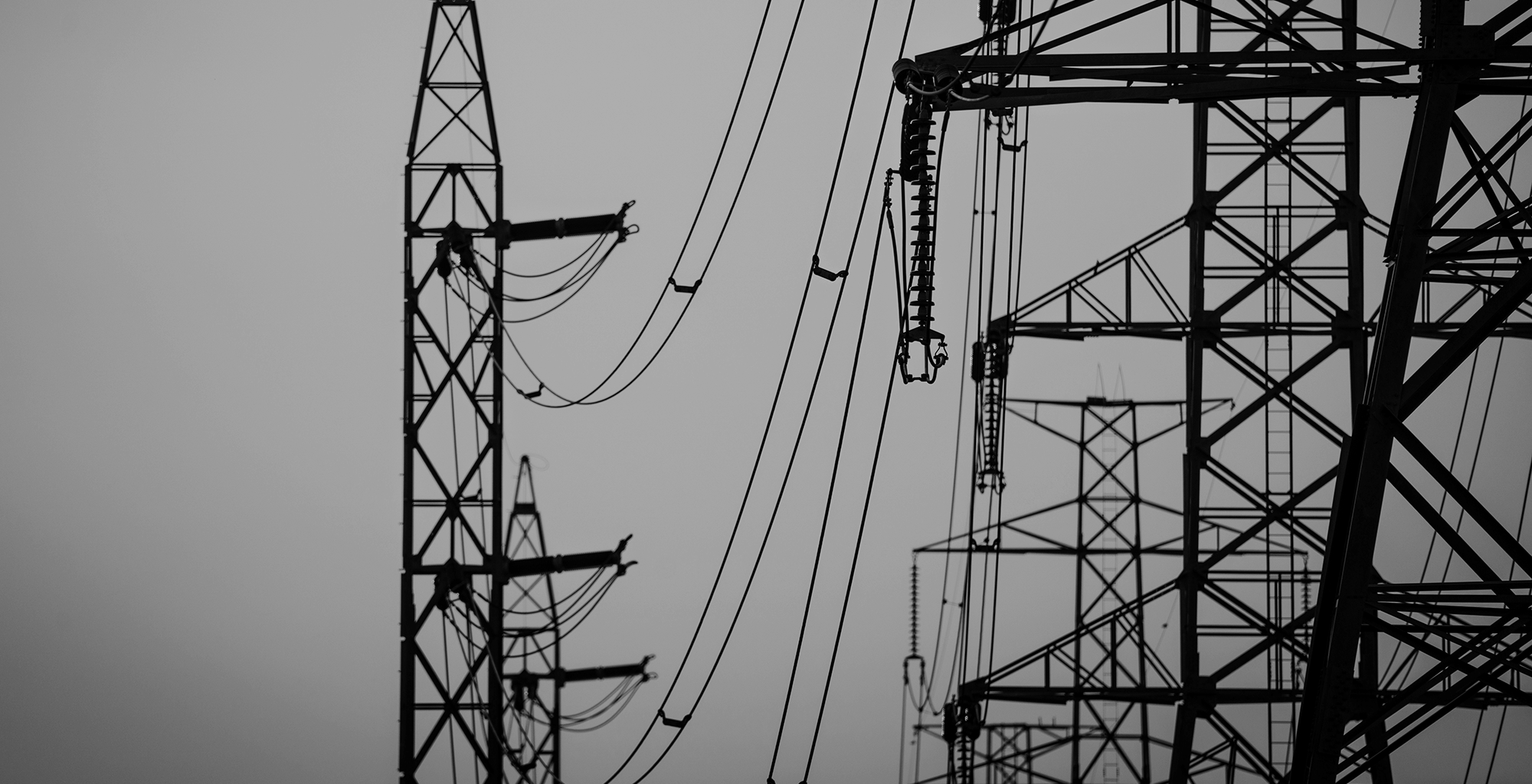As the federal government shutdown continues, it’s important to remember that state and local governments continue to function and provide essential services important to the communities where we live and serve.
October marks the start of enrollment for the Low Income Home Energy Assistance Program (LIHEAP) for many states and tribes across the country. While open enrollment periods do vary, fall enrollment allows states, and recipients, to prepare for the coming winter heating months.
Total LIHEAP funding for 2025 is approximately $4.115 billion, however the future of the program may face significant challenges. The current Administration’s budget request proposes the elimination of LIHEAP, however both House and Senate Appropriations Committees have approved bills providing at $4.035 billion and $4.045 billion, respectively. Both chambers have signaled strong intent to secure funding and continue this critical program.
Without certainty for future LIHEAP funding, states, NGOs, utilities, and others must begin to prepare for the change of what may lie ahead. The possibility of eliminating this $4 billion program has the potential to put continued stress on state and local governments, particularly those with high per capita funding in the Northeast and upper Midwest, in several ways:
- Increased Gap Funding: States would be required to use general fund revenue to fill the gap or face mass disconnections for vulnerable citizens.
- Higher Downstream Costs: The loss of aid leads to increased spending; emergency room and hospital visits spike during cold- and heat-related events, housing instability due to utility debt, and increase in other financial and household hardships.
- Loss of Cost-Saving Programs: States can use a portion of LIHEAP funds (up to 25% with a waiver) for weatherization and home energy repairs, which reduce energy consumption and lower future long-term costs for residents.
While many states have implemented utility disconnect, or shut-off, policies, it’s important to remember that each state is different in their approach, and ultimately how energy assistance is provided for LIHEAP recipients and those with accounts in arrears. For more information, you can visit the LIHEAP Clearinghouse for a snapshot of each state’s program and other non-federal programs, as well as a comprehensive list of state disconnect policies.
As energy affordability issues continue to grow, understanding how LIHEAP funding challenges are addressed will be critical in this discussion going forward.
